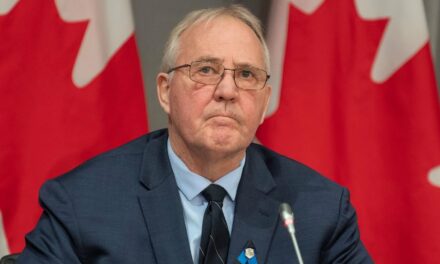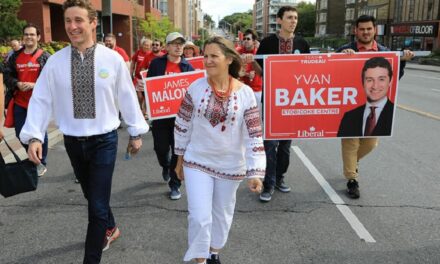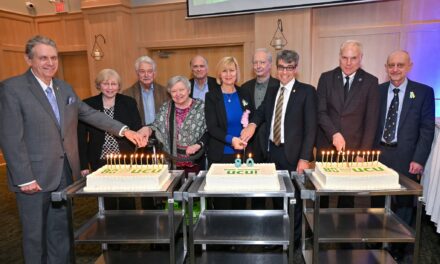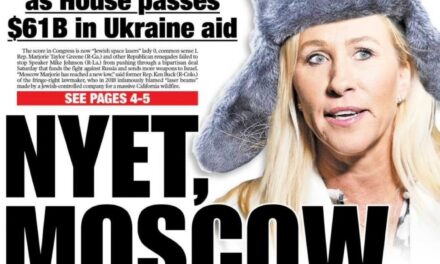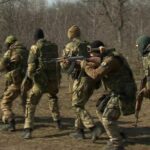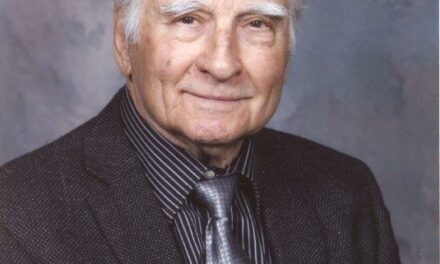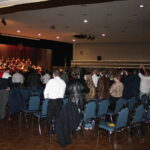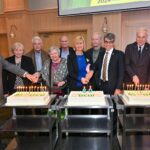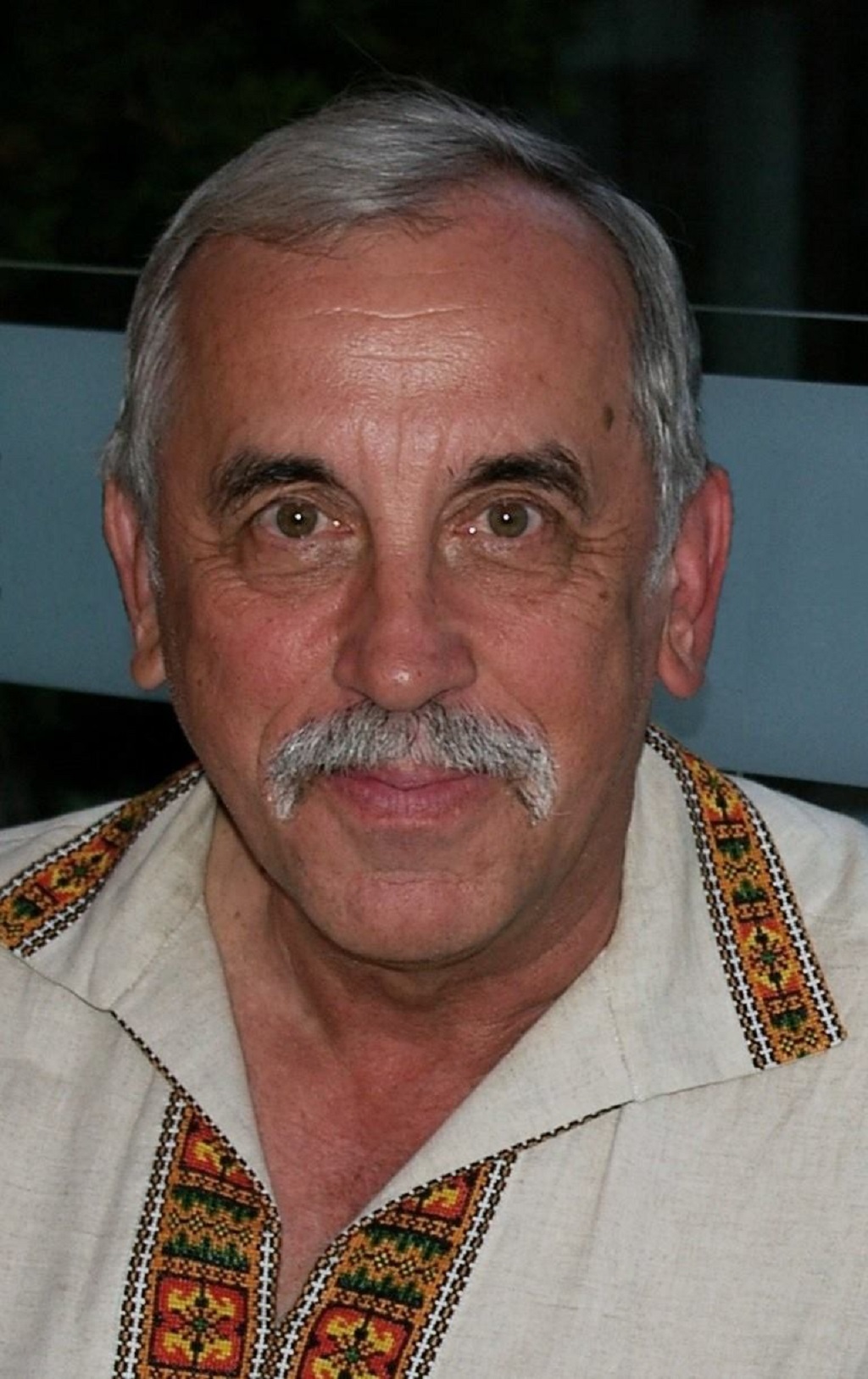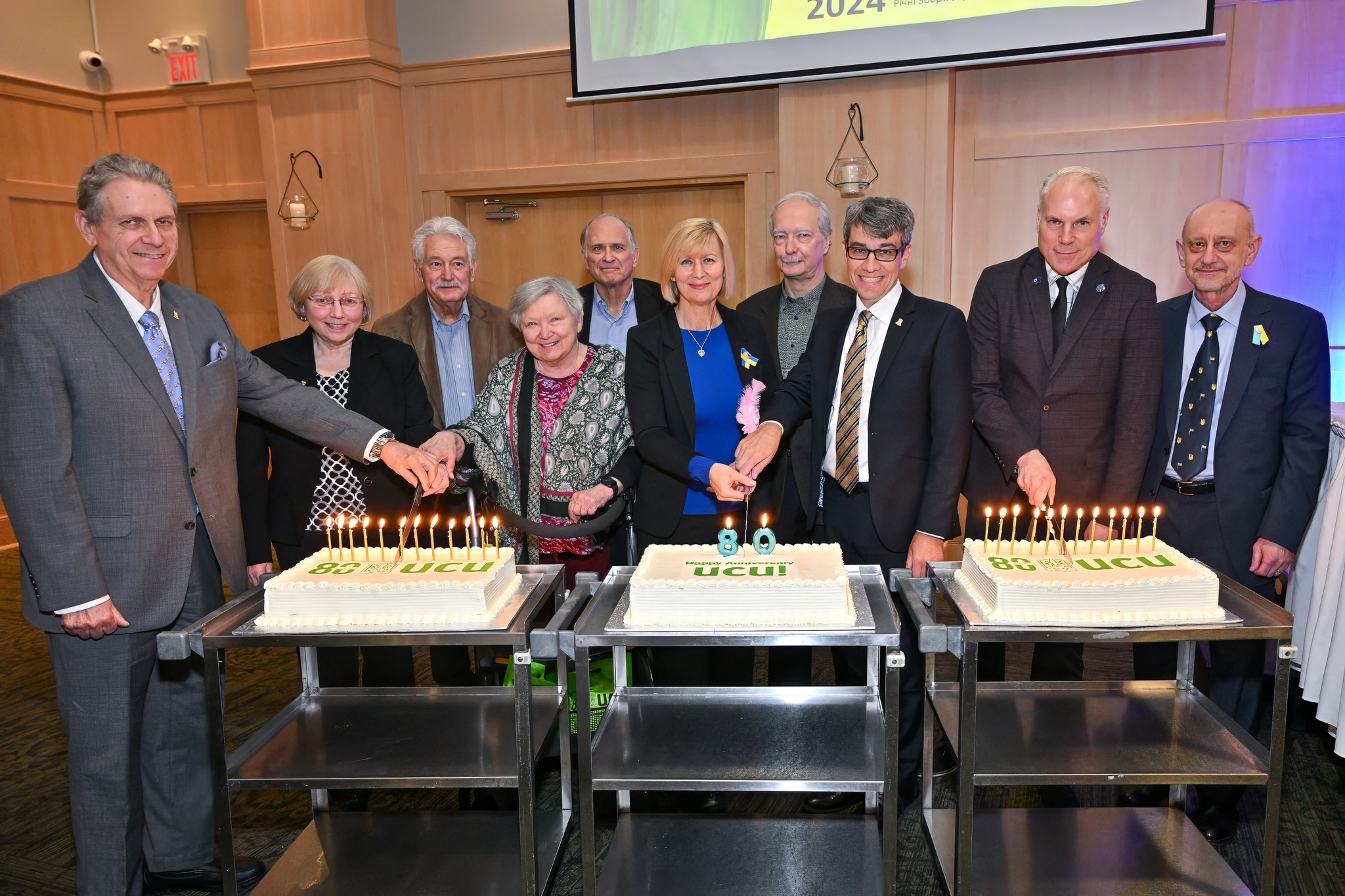Last week, the news in Canada was dominated with stories surrounding the discovery of unmarked graves with the remains of 215 children who died at an indigenous residential school in Kamloops, British Columbia. This should not have been a surprise since numerous research studies, commissions and reports over the past several decades have outlined in detail the horrific practices and consequences of the residential school system first set up shortly after Canada’s Confederation in 1867. The system lasted until 1996 when the last such school was officially closed.
During that period, some 150,000 indigenous children were forcibly removed from their parents and communities and compelled to attend residential schools, often long distances from their homes. The primary aim of these schools, some 80 in number across the country, was straightforward. They were meant to completely eradicate the indigenous languages, cultures and values of those children and assimilate them completely into the dominant Anglo/French mainstream of Canada. In today’s terminology, this can only be viewed as state sponsored cultural genocide.
One of the primary forces behind the creation of the residential school system was Canada’s first Prime Minister John A. MacDonald, who has been exposed in recent years as being an overt racist at least as far as the aboriginal peoples of Canada were concerned. In justifying the need for such schools, he once famously stated in an address to Parliament – “When the school is on the reserve, the child lives with his parents who are savages; he is surrounded by savages … He is simply a savage who can read and write.”
In 1920, Duncan Campbell Scott, the government bureaucrat in charge of the residential school system stated the following in lobbying for changes to the Indian Act: “I want to get rid of the Indian problem. I do not think as a matter of fact, that the country ought to continuously protect a class of people who are able to stand alone . . . Our objective is to continue until there is not a single Indian in Canada that has not been absorbed into the body politic and there is no Indian question, and no Indian Department, that is the whole object of this Bill.” Behind these words is the clear implication that total eradication of all things “Indian” and complete assimilation was to be official government policy.
The government’s allies in setting up and running the residential schools were the main religious denominations in Canada at the time, the Catholic, United, Anglican, and Presbyterian churches whose desire to convert the “savages” to Christianity coincided with the broader state policy to suppress if not eliminate all traces of indigenous society, identity and culture.
The schools were poorly run, badly funded and furnished, and became hellholes for the indigenous children in them, some as young as three years old. The government’s own Truth and Reconciliation Commission report in 2015 detailed a horrendous list of abuses that were rampant in these schools, including malnutrition, inadequate medical care, physical and sexual abuse and numerous cases of unreported deaths and undocumented burials of unfortunate victims of the system.
During the 1980’s and 1990’s the United, Anglican, and Presbyterian churches acknowledged their culpability in the abuses of the system and issued formal apologies. To date, aside from an “expression of sorrow” issued by the Pope in 2009, the Catholic church has declined to issue a similar apology. Further, it has refused to turn over all its internal records relating to its running of residential schools.
Much of this has been known for quite some time, yet it is only with this latest discovery of 215 unmarked graves, that the full horror of the situation finally hit home for most Canadians. To add to the tragedy, experts on the matter are certain that many more such graves exist across the country, and we are just seeing the tip of the iceberg.
As Ukrainians we know very well what this kind of cultural genocide means. We too have been subjected to foreign powers invading and stealing our lands, forcing us into poverty, denying us basic human rights, and systematically trying to destroy our language, culture, and history. The moral and ethical issues that this crisis raises should be more than familiar to us, and it behooves us to strongly support our native Canadian brethren in seeking truth, accountability, and reparations. Reconciliation can only genuinely come about when all the facts are known, and we deal honestly and responsibly with the consequences.
As individuals and as a Ukrainian community, we should strongly urge the provincial and federal governments as well as the Catholic Church authorities in Canada to prioritize and accelerate efforts at bringing all the facts to light and righting this historical injustice. The Canadian ethos must make room and include all the composite and diverse cultures that have played a role in this country’s history and success. This particularly applies to the original occupants of this great land of ours who have been abused and victimized for centuries.
Share on Social Media







